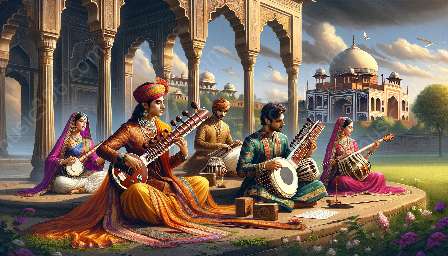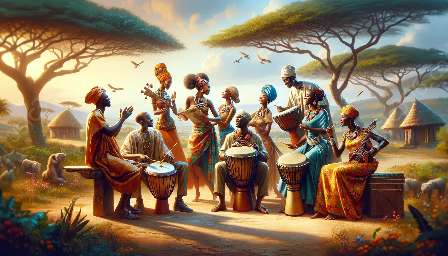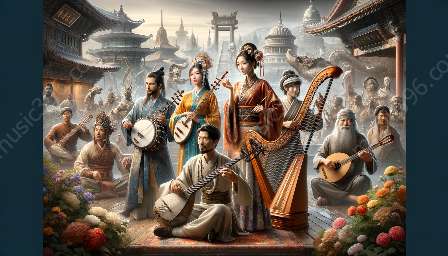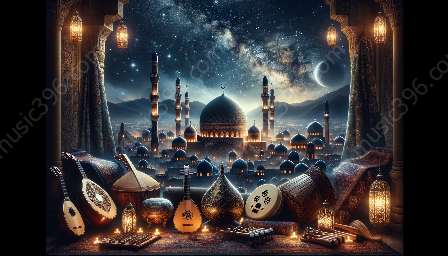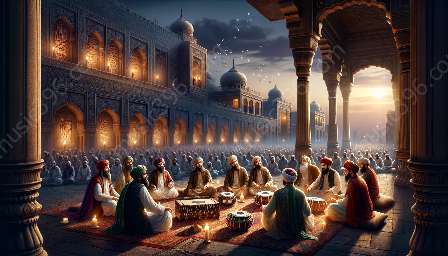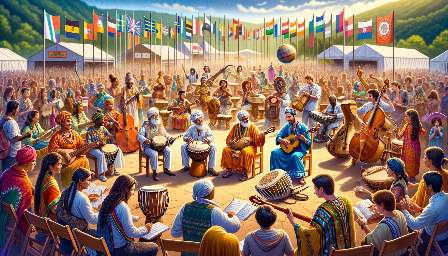South Asian music has evolved over centuries, blending traditional influences with modern styles to create a diverse and vibrant contemporary music scene. This topic cluster explores the latest trends in South Asian music and its impact on world music, covering genres from Bollywood to fusion music and highlighting the rich musical traditions of the region. From classical to pop, explore how South Asian music continues to captivate global audiences.
The Fusion of Traditional and Modern
South Asian music encompasses a broad spectrum of traditional and modern styles, reflecting the rich cultural heritage of the region. Traditional music forms such as Hindustani classical, Carnatic, and folk music have coexisted with contemporary genres like Bollywood, pop, and electronic music, resulting in a dynamic fusion of old and new.
This fusion has given rise to diverse sub-genres and experimental trends, with artists and composers drawing inspiration from classical ragas, intricate rhythms, and melodic structures while infusing contemporary elements to create innovative sounds.
Bollywood’s Influence
Bollywood music, with its catchy tunes and irresistible rhythms, has played a significant role in shaping contemporary South Asian music. The film industry has not only been a major force in popularizing Indian music globally but has also influenced the soundtracks of other film industries in the region, such as Lollywood in Pakistan and Tollywood in South India.
With its blend of traditional melodies, modern orchestration, and diverse vocal styles, Bollywood music continues to capture the imagination of audiences worldwide. The songs often reflect the emotional, romantic, and celebratory themes prevalent in Indian cinema, showcasing the diverse musical talents of playback singers, composers, and lyricists.
Exploring Regional Diversity
South Asian music is a rich tapestry woven from the diverse musical traditions of the region. Each subcontinent, including India, Pakistan, Bangladesh, Sri Lanka, Nepal, and Bhutan, has its own unique musical heritage, encompassing a wide array of styles, instruments, and vocal techniques.
From the classical strains of dhrupad and khayal to the folk tunes of Baul and Qawwali, the regional diversity of South Asian music offers a wealth of sonic experiences. Furthermore, the incorporation of regional languages, dialects, and cultural motifs in music adds depth to the musical narratives, reflecting the mosaic of traditions within South Asia.
Impact on World Music
The influence of South Asian music extends far beyond its borders, shaping the global music landscape and inspiring cross-cultural collaborations. Artists and groups from South Asia have left an indelible mark on the world music scene, contributing to genres such as fusion, world beat, and electronic dance music.
Moreover, the popularity of South Asian instruments like the sitar, tabla, and sarod has transcended geographical boundaries, finding resonance in various world music ensembles and experimental projects. The intricate rhythms, microtonal scales, and improvisational techniques of South Asian music have spurred creative dialogues with musicians from diverse backgrounds, resulting in cross-genre experiments that push the boundaries of musical expression.
Revival of Folk and Classical Traditions
While contemporary influences continue to shape South Asian music, there has also been a renewed interest in preserving and reviving traditional folk and classical traditions. Efforts to safeguard fading musical traditions and support local artisans have gained momentum, leading to the revitalization of regional folk festivals, classical music academies, and archival initiatives.
Furthermore, the fusion of traditional music with contemporary production techniques has sparked a revival of interest in classical and folk genres, attracting younger audiences and fostering a renewed appreciation for the cultural roots of South Asian music.
Conclusion
Contemporary trends in South Asian music reflect a dynamic fusion of traditional and modern elements, contributing to the global appeal of the region's diverse musical heritage. From the influence of Bollywood to the revitalization of folk and classical traditions, South Asian music continues to captivate audiences worldwide and inspire innovative collaborations across genres. As the boundaries between traditional and contemporary blur, the evolution of South Asian music remains an integral part of the ever-changing world music landscape.



